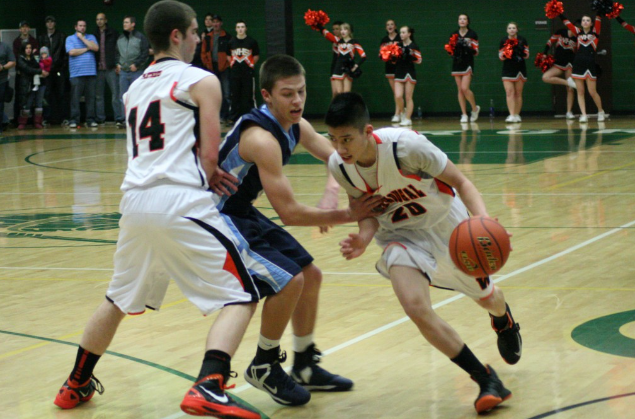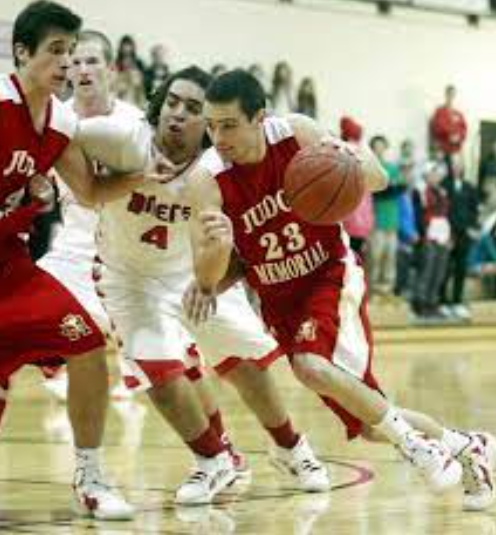

“Did You Know?” – NCOA Basketball Rules Gazette – 2023/24 Edition 1
Greetings, fellow basketball officials!
Welcome to the inaugural edition of the NCOA’s "Did You Know?" newsletter, tailored exclusively for our
dedicated group of high school basketball officials. This platform is designed to enrich your officiating
expertise by shedding light on intriguing and lesser-known rule scenarios. Throughout the season, we'll
unravel unique aspects of the game, providing insights on how to navigate them effectively. We have
TWO scenarios for you in this edition of the gazette. Let's jump right in:
Rule Scenario 1:
Offensive player A1 is being trailed by defender B1 along the endline when A2 sets a legal screen in the
path of B1. B1 avoids the screen by crossing the endline and steps out of bounds before returning to the
playing court. Immediately upon B1 regaining inbounds status, A3 attempts to pass the ball to A1. B1
steps in front of A1, intercepts the pass, and is the first player to touch the ball after returning inbounds.
Response:
Setting the Stage:
Historically, it has been a violation for any player (both offensive and defensive) to
intentionally leave the court to gain an advantage. It is important to recognize that it is quite common
for a player’s momentum to take them out of bounds, which has always been legal. The official should
use discretion when judging the intent of a player that leaves the court. Calling a violation for
intentionally leaving the court is quite uncommon. While you should remain vigilant and aware of this
tactic as an illegal strategy, don’t go hunting for it.

How to Properly Adjudicate this Scenario:
Immediately upon recognizing that B1 is the first player to
touch the ball after returning inbounds, the lead official in this scenario should signal for a violation. The
ball is then awarded to Team A for a throw in at one of the four designated spots nearest to where the
violation occurred. As of the 2023-2024 season, the rule for this type of scenario has changed from the
previous language that required a violation be called for any player intentionally leaving the court,
regardless of their interaction with the ball. The language in the current edition of the rule book now
reads as follows:
Rule 9, Section 3, Art. 3 … A player shall not step out of bounds under the player’s own volition and then
become the first player to touch the ball after returning to the playing court or to avoid a violation.
Pro Tip:
It can be helpful to use a visual signal to indicate that a player has left the court under his/her
own volition, prior to any violation being committed. This preliminary signal can indicate to your partner
that a potential violation is imminent, depending on whether or not the player that left the court is the
first to touch the ball upon returning inbounds. These types of plays often involve action that requires
engagement from both officials in a two-person officiating crew as the pass is likely to come from the
trail’s primary and the path of the player who has the left the court is likely in the lead’s primary. Discuss
this with your partner in your pregame and make sure that you are both prepared to properly adjudicate
and communicate this violation if/when it occurs.



